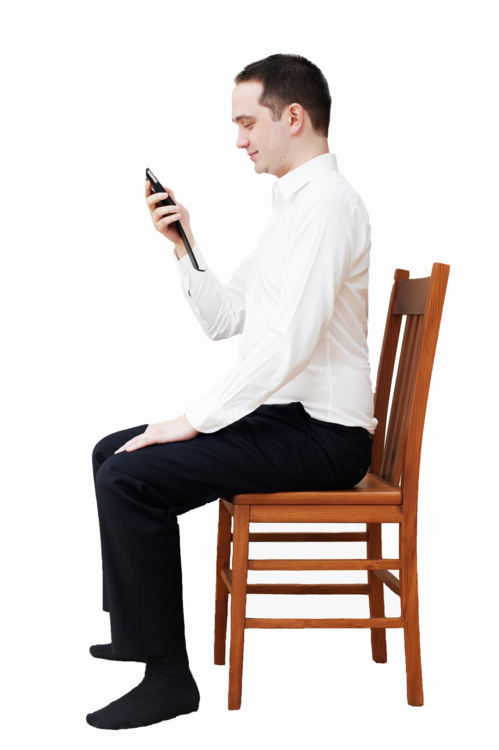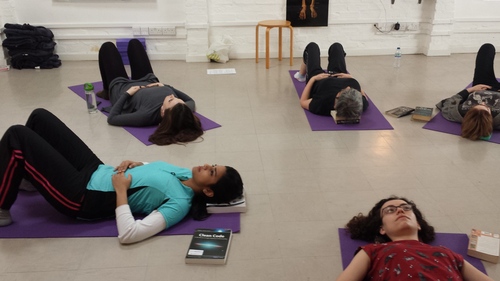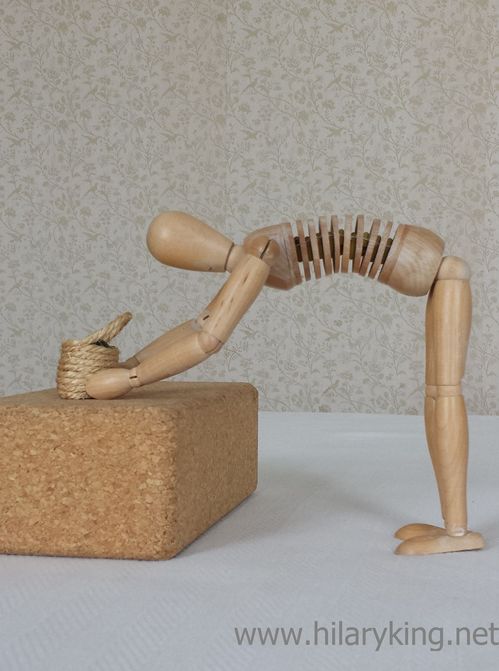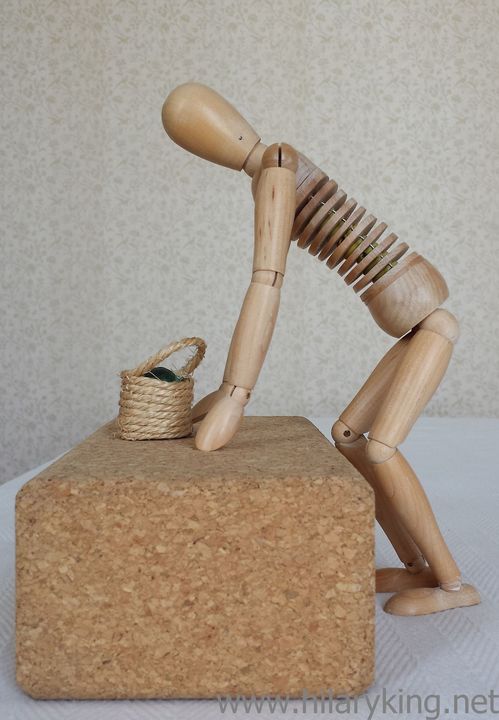Category Archives: Health
Texting Gaming Posting and Text Neck
Do you spend hours at a time using your smart phone and tablet?
Overwork and Study Pressures Can Harm You
Studying can damage you – if you mis-use yourself
Offices and performances have deadlines and exams get students working long hours. Some people will be damaging their health in the process. This has been understood for a long time. As Mary Wollstonecraft said in A Vindication of the Rights of Woman 1792, ‘People of genius have, very frequently, impaired their constitutions by study or careless inattention to their health’
People still pressure themselves into over-working intensely (in-tense-ly – get it? ) at the expense of their health, whether it is reaching deadlines for the boss, feeling stressed, aiming for high scores in exams, over-practising on a musical instrument, or pushing themselves way beyond their natural limits in dance or sports. The end gaining ‘no pain no gain’ attitude has, unfortunately, led to many injuries over the years, which so often stop the person working or performing altogether. We don’t need to do that. How much better when we pace ourselves and are mindful of how we are using our bodies, particularly under stress.
 Be mindful of your habits and how much tension you put into your mouse hand
Be mindful of your habits and how much tension you put into your mouse hand
Don’t mindlessly ‘Keep going until it’s finished’, without taking breaks
‘The Scholar’ by Tapfuma Gusta
All Work and No Play Makes Jack a Dull Boy
Keep Calm in the Dentist’s Chair
‘I’m Going to the Dentist’
Can we avoid reacting with tension?
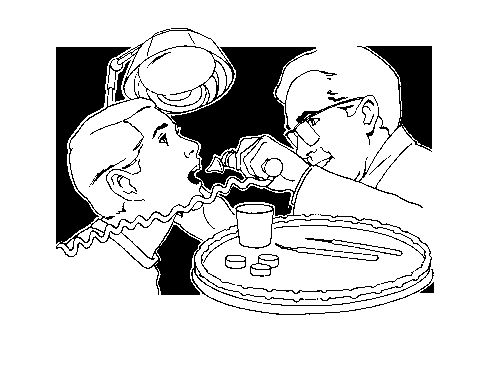 This image illustrates just how easy it can be to compress your neck in order to let the dentist look into your mouth and pulling your head back like this puts so much extra pressure on your cervical vertebrae and discs. It is really worth being mindful of how you lift your chin and open your mouth, so that you do this freely, with as much length along the curves in your spine as you can, thus reducing compression and distortion. It will also be easier for you to have a relaxed jaw so that it opens wider, if your neck is relaxed.
This image illustrates just how easy it can be to compress your neck in order to let the dentist look into your mouth and pulling your head back like this puts so much extra pressure on your cervical vertebrae and discs. It is really worth being mindful of how you lift your chin and open your mouth, so that you do this freely, with as much length along the curves in your spine as you can, thus reducing compression and distortion. It will also be easier for you to have a relaxed jaw so that it opens wider, if your neck is relaxed.Use the Alexander Technique to Help You Get Stronger
TV’s Trust Me I’m a Doctor – ‘How to get stronger in just a few weeks without going to the gym!’
asked to explore such movements and sometimes this can be a useful thing to do, in order to learn how to avoid habits which could contribute to strains and other problems. I do often work with people to find a way for them to rotate their bodies with greater freedom and flexibility – this is a useful movement to make occasionally if you are desk-bound for several hours – and I have found it helps free me up as I am sitting writing this. Take extra care if you want to include weights whilst rotating, as Mosley suggests! Strenuous twists holding weights could be a quick route through to hurting your back…
Bend Your Knees When You Cough and Sneeze!
One of the main reasons that we can hurt our backs when coughing, is that if we habitually hold ourselves in a fixed manner with contracted, tense back muscles, this tightness will be increased by the strong spasms of coughing and sneezing, which will obviously be more exaggerated if you have a long bout of coughing. The lower back in the lumbar region can be particularly vulnerable and the jolting can jar the spine or strain the muscles, sometimes even damaging an intervertebral disc, causing great pain. There can also be a problem for people with hypermobility, as they can sometimes dislocate their joints if their body gets jolted strongly.
If you have had some AT lessons, you can remind yourself to use a small (and moveable) monkey position when coughing. If we are sitting, we can free the hip joints and let our bodies angle slightly forwards from the hips, so that the torso is freer to move around as it needs to.
Importantly, let the tension go again after coughing and allow your chest to uncurl and open up again. If you forget to do this, the tension and inevitable pulling down that takes place when coughing will just go on building up. If you can lie down in semi-supine afterwards that can help enormously but sometimes it is hard to lie down horizontally if you have a bad cough. In which case, make sure your back (and head?) has good support and spend a few minutes encouraging your chest and back to free up again, just as you would if you were practising the lying down procedure.
The more able you are to have a free neck and back, the more resilient your muscles will be and the more efficient the coughs can be too. Even if you have not had Alexander Lessons, you can help protect your back as you allow your legs, with their moveable hips, knees and ankles, to act as shock absorbers when you cough and work your way back to health.
Evidence of Text Neck in 7 Year Old Children!
Text Neck
Following on from my previous Blog entry on the condition called ‘text neck’ , it is interesting to see that the Daily Mail has published an article about an Australian chiropractor, Dr James Carter, who has reported seeing ‘an alarming increase’ in the number of patients coming to him with text neck within the last 2 years – and that about 50 percent of those patients have been school-aged children.
Dr Carter, and many other practitioners, have been finding very obvious postural changes associated with text neck, which lead to spinal damage and pain in people – including children as young as seven – which Carter puts down to their addictive over-use of smart phones and tablets for many hours at a time.
X-Ray of Seven Year Old Child’s Neck
These X-ray photos illustrate the damage to the neck that can result from this type of prolonged misuse. The first one is, sadly, of a seven year old boy and it shows just how compressed the cervical vertebrae are and how over-curved the neck has become, so that the head is pulled back and down. What cannot be seen in these particular X-ray photos is the way this compression continues downwards, into the rest of the spine.
Of course children are very mobile physically and it’s possible for them to assume this sort of position temporarily and then to come out of it into a more aligned poise with a more suitably lengthened-out neck. However, the more frequently such contracted positions are assumed, the more habitual this way of being becomes for the child – so the less mobile and adaptable the child’s body-use becomes and the more damage ensues .
The second of Dr Carter’s photos shows a more normal curve in the neck. This is particularly obvious at the top of the neck, which shows a space between the top vertebra and the skull – a crucial area which we need to keep freely moving, in order to enable good poise, balance and general body-use. Freeing up this area is a central part of Alexander Technique lessons.
F M Alexander’s ‘Directions’ that he formulated for us to use on an everyday basis, is one of the AT tools we can use to help us avoid this back-and-down compression. If the 7 year old child was able to give himself these directions regularly, this would allow his spine to freely lengthen out again, in a similar manner to that shown in the second photo. FM’s directions are regularly taught in AT lessons and give people a wonderful tool with which to help themselves:
Allow my neck to be free
To allow my head to go forward and up
To allow my back to lengthen and widen
X-Ray of ‘Normal’ Curvature of the Neck
Avoid Developing Text Neck
- Headaches,
- Neck Pain,
- Upper Back Pain
- Shoulder Pain
- Increased Curvature of the Spine
Caring for the Carers
Caring for the Carers with the Alexander Technique
Lower Back Pain linked to Chimpanzee Spine Shape?
Research Study
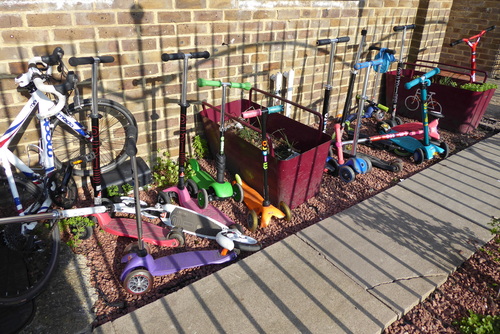
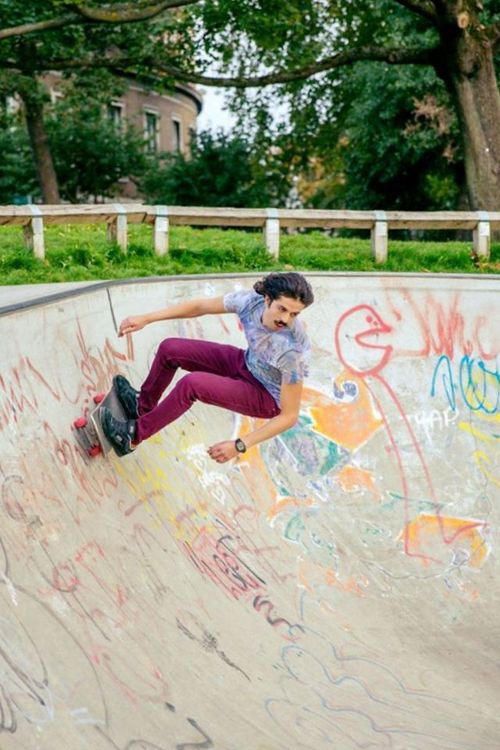

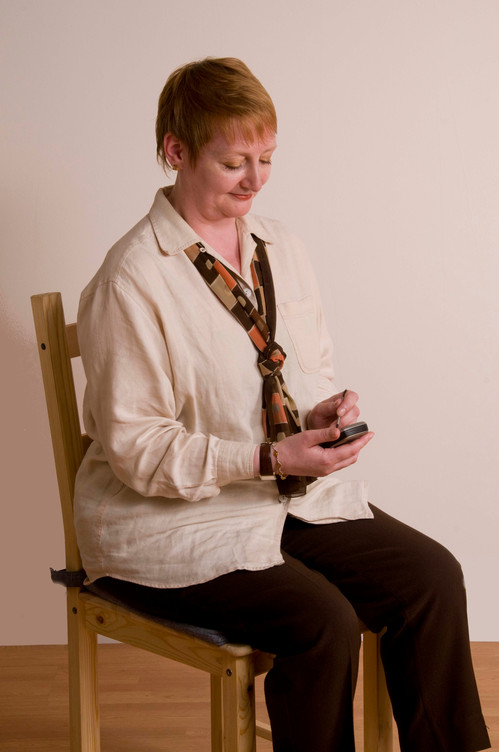
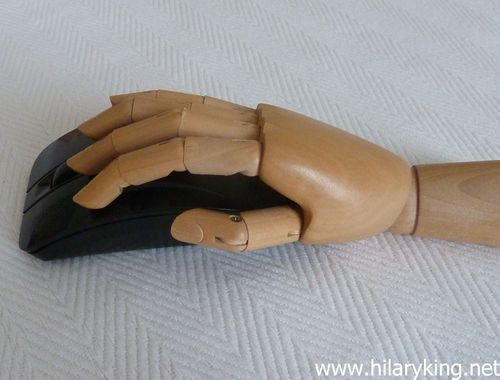


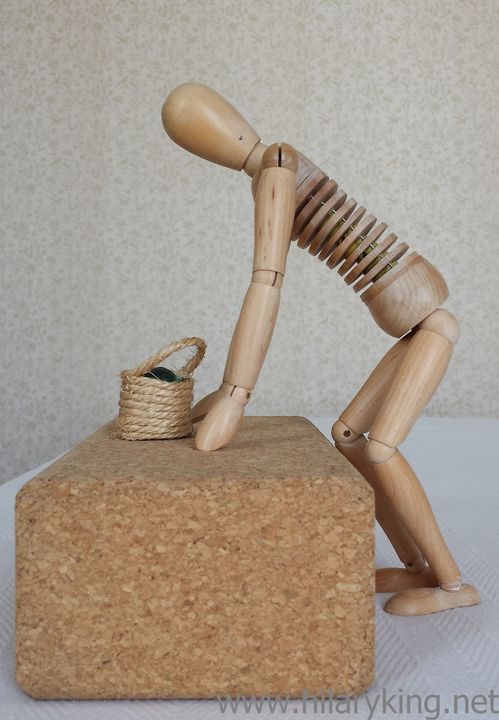
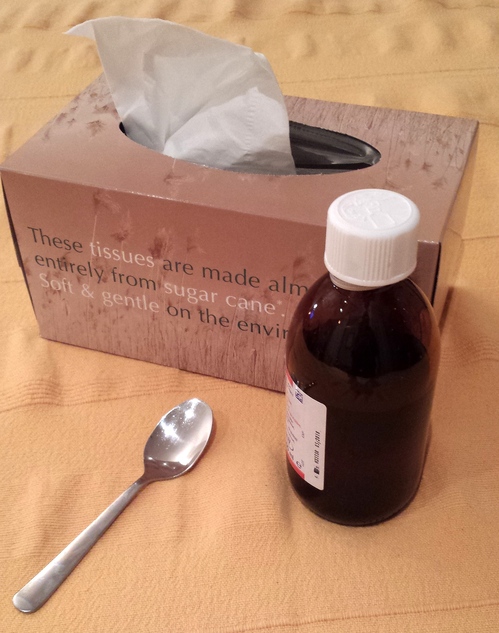

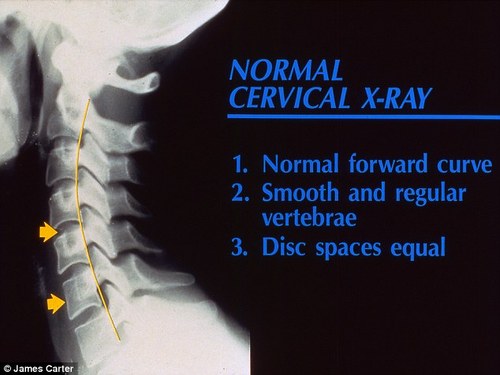
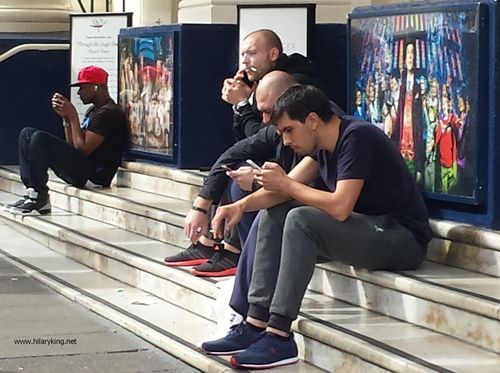
-thumb-500x281-260.jpg)
